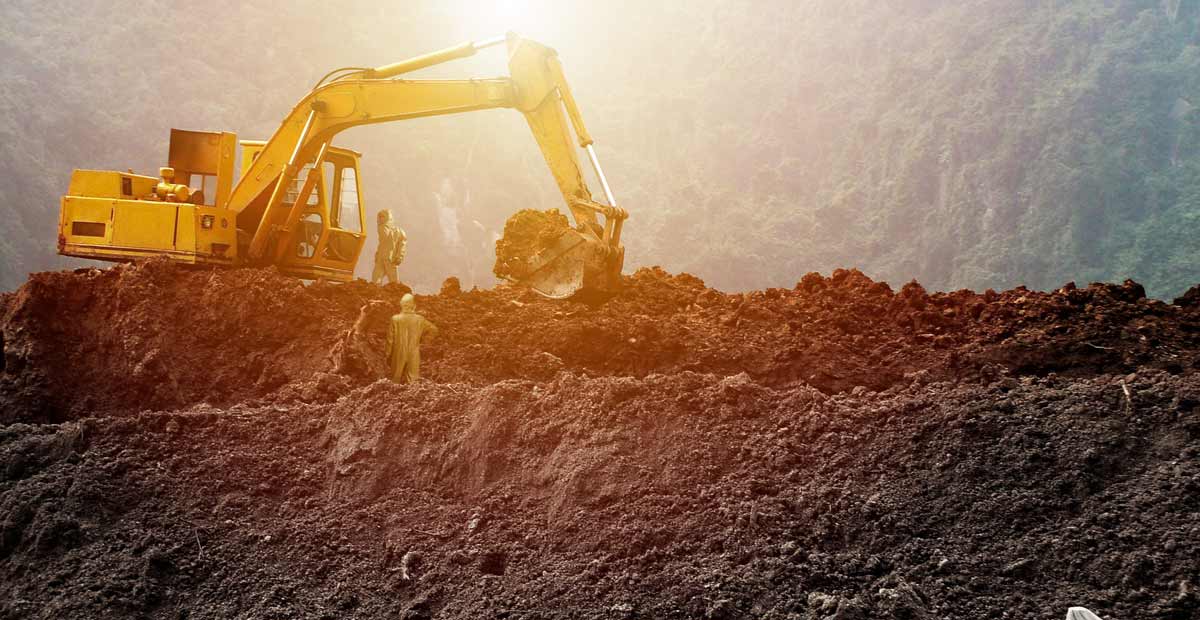
Asbestos contamination in soil is the silent killer that is often overlooked and can exist around a large area surrounding a property. Unfortunately asbestos fibres can’t break down - and this means they will remain in the soil for an indefinite period of time. This means it’s a problem you can’t avoid. Chemcare has the team to help get rid of asbestos in your soil both commercially and residentially.
If the soil is suspected of containing asbestos, the person with management or control of the workplace must assume the soil contains asbestos and cease work immediately. A competent person should take samples of the material for analysis to confirm or deny the presence of asbestos.
Common reasons/places asbestos in soil is found
Dumping of Asbestos Containing Material (ACM) which was not regulated or from landfill
From 1930s-1970s, ACM waste was used in swamp infixing, farm tracks - was generally close to an asbestos factory.
Improper removal, identification or clearance of asbestos removal. The asbestos fibres may have migrated to the soil from fire also.
Improper removal or identification of ACMs found underground - this includes pipes, telephone and other underground networks.
Weathered asbestos brought to the soil from rain or wind. Typically these can come from degraded exterior structures containing asbestos.
The soil moisture content is an important indicator of the asbestos fibres becoming airborne. If it is particularly dry, it’s more likely that the asbestos fibres could be picked up by wind or other weather conditions. One way we prevent dust and asbestos fibres from becoming airborne is keeping the site damp with water sprinkling or misting.
What is included in an asbestos soil sample/test?
Typically all soil sampled should be documented including information on:
The type of asbestos and how it is formed
The condition of the ACM
Where the asbestos is located, and how deep it can be traced
The presence or absence of visible asbestos contamination
A sample calculation to estimate the amount of asbestos contamination in the soil:
% soil asbestos =
% asbestos content x ACM (kg) / soil volume (L) x soil density (kg/L)
The approach to asbestos in soil is very different from other contaminants. Due to its inert state, asbestos doesn’t poison the soil or affect groundwater. The real problem occurs when people aren’t aware asbestos is present in the soil around their property; once it’s dug up or otherwise agitated, the asbestos fibres can be released into the air.
If you’re quite sure that the soil in your property has been contaminated, we can begin safe management of the asbestos by getting in touch with us.
Our BSI Group ISO 45001:2018 (Occupational Health and Safety Management System) certification demonstrates our commitment to productivity, quality and customer satisfaction. You can be assured that we carry out all asbestos removals with the highest consideration for health and safety.



